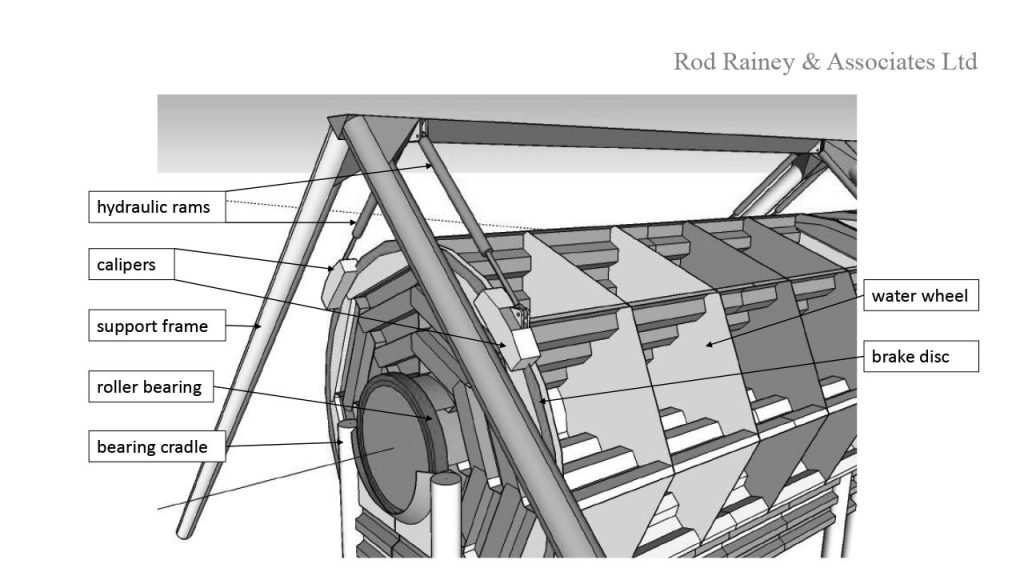A new design for a Severn tidal power
Professor Rod Rainey gave a talk to Nailsworth Rotary on 1st December at Egypt Mill about a design for a tidal barrage on the Severn Estuary. A few of us from NailsworthCAN were kindly invited to attend, and here are some reflections by Richard Erskine on the presentation.
The idea of using the tidal range of the Severn - the second greatest in the world - for electricity generation is not new. It has been around for 100 years, but has often met ecological objections, been seen as too costly, or got stuck somewhere in Whitehall.
Rainey has published a novel approach he believes can cut through the debate because his design radically reduces the costs of building the barrage, and addresses the ecological concerns.
A tidal barrage uses the difference in water pressure to drive a mechanical device, to then generate electricity, such as at La Rance. However, instead of costly turbines in the barrage to generate power, Rainey reverts to a simple but cost effective alternative in a modern guise.
A ‘breast shot wheel’ is a very old hydro-power concept (one at Claverton dates from 1812). Rainey has adapted the design for use in a barrage. It has the merit of being simple and light weight (compared to alternatives), radically reducing the costs of construction and maintenance. Here is what a section would look like:
Section of Rainey design for tidal barrage
The system has much less impact on the tidal mudflats, and with some pumping at low tide, the system he proposes will ensure habitats are preserved, addressing the concerns of conservationists and the RSPB.
As with all tidal barrages, locks would be required for shipping, but unlike a turbine system, the breast shot wheel allows gentle passage for marine life.
The barrage proposed would be 18 km wide, from Hurlestone Point to Nash Point in Wales. He calculates that the system could deliver 35 Terawatthours of energy per year (about 10% of current UK electricity demand), which is 25% more than for Hinckley Point C and at 20% of the cost!
As more of our energy use is electrified - albeit bringing more efficient end-use - a diversity of electricity generation is prudent. So, Professor Rainey wasn’t saying we should not be exploiting wind, solar or nuclear, but he was making the case for tidal power from the Severn to be part of the UK’s future decarbonised generation mix.
We did not have time to explore some wider questions: Would there need to be high levels of energy storage to smooth out the peaks in output? Will we need a beefed-up grid? Would it make sense to use the power directly in local energy intensive industry?
It certainly got us thinking and talking again about the question of tidal power, and perhaps offered a way forward. We are sure it will generate more debate!
Notes
Professor Rainey’s paper was published in the Proceeedings of the Royal Society (Rainey RCT. 2018, Lightweight steel tidal power barrages with minimal environmental impact: application to the Severn Barrage. Proc. R. Soc. A 474: 20170653. http://dx.doi.org/10.1098/rspa.2017.0653)

